It’s the breath I miss most. The moment when a shuffling group of men and women in scruffy concert blacks breathe in as one and become an ensemble. Now that our breath is diseased, shrunk from, masked, now that performances are digitally distanced and filtered, smoothed and flattened out on screens, there’s something dangerously poignant about that physical swell of inhalation and exhalation that sets the air in motion at the front of a concert hall.
Already a subscriber? Log in
Subscribe for just $2 a week
Try a month of The Spectator Australia absolutely free and without commitment. Not only that but – if you choose to continue – you’ll pay just $2 a week for your first year.
- Unlimited access to spectator.com.au and app
- The weekly edition on the Spectator Australia app
- Spectator podcasts and newsletters
- Full access to spectator.co.uk
Or
Unlock this article
You might disagree with half of it, but you’ll enjoy reading all of it. Try your first month for free, then just $2 a week for the remainder of your first year.

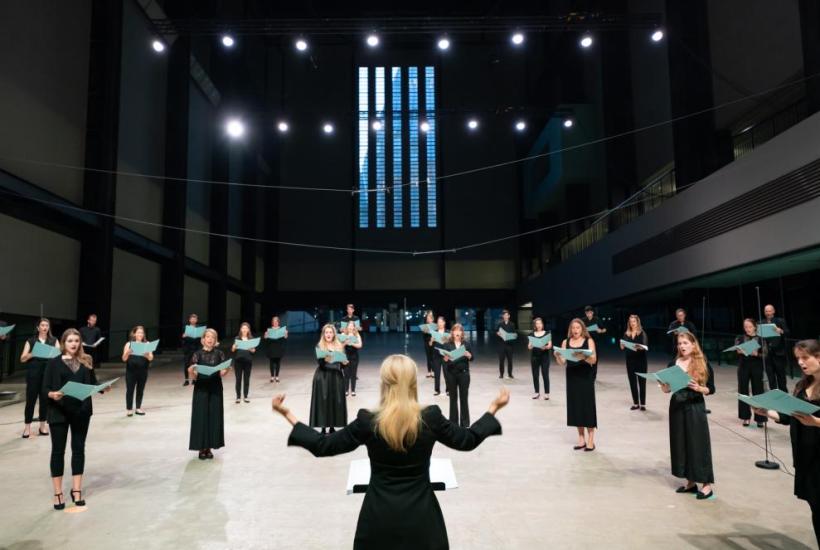
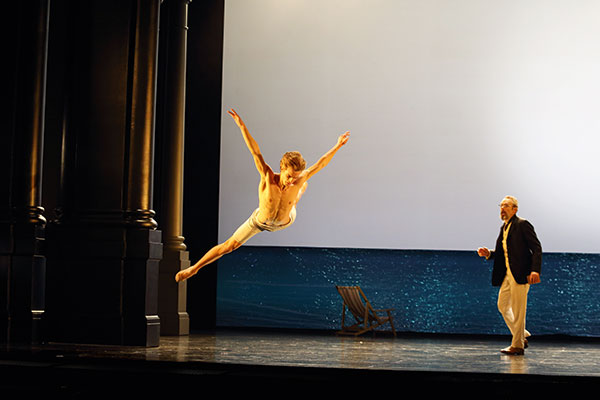
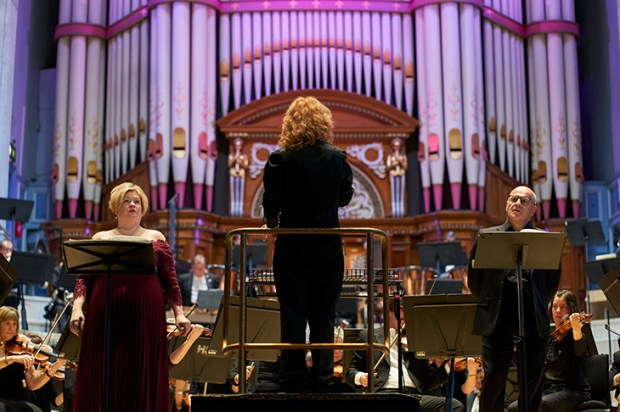
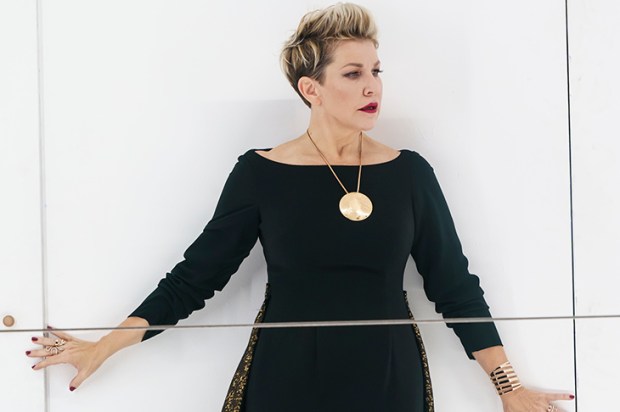
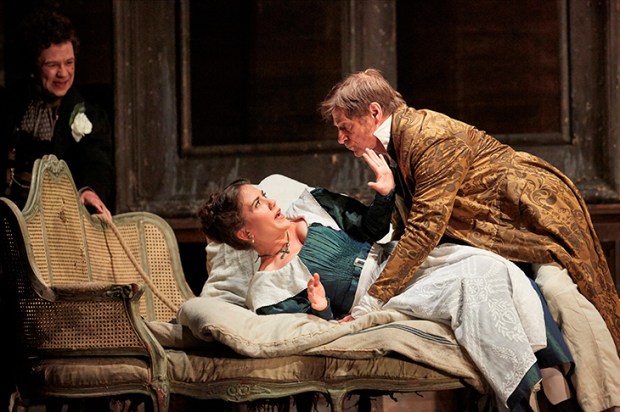
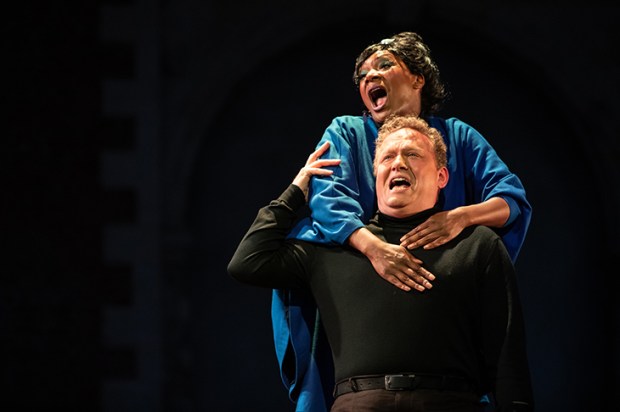
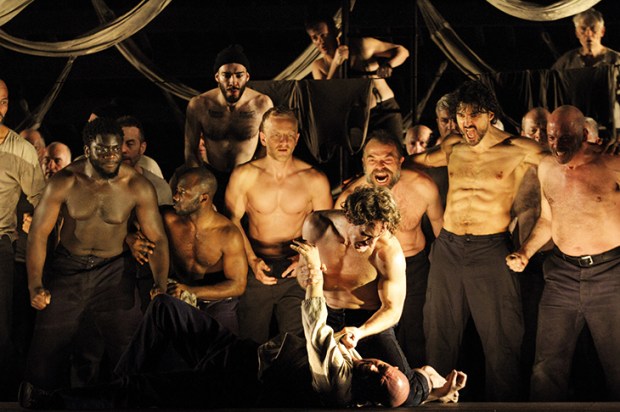






Comments
Don't miss out
Join the conversation with other Spectator Australia readers. Subscribe to leave a comment.
SUBSCRIBEAlready a subscriber? Log in